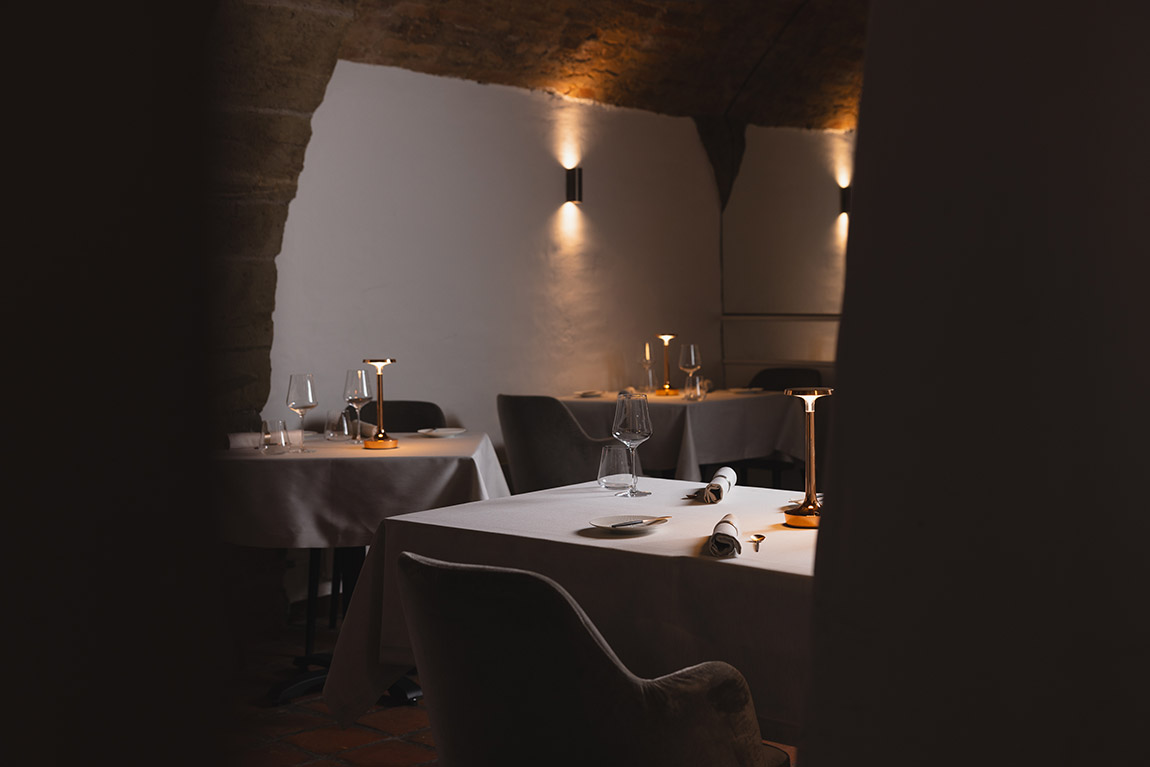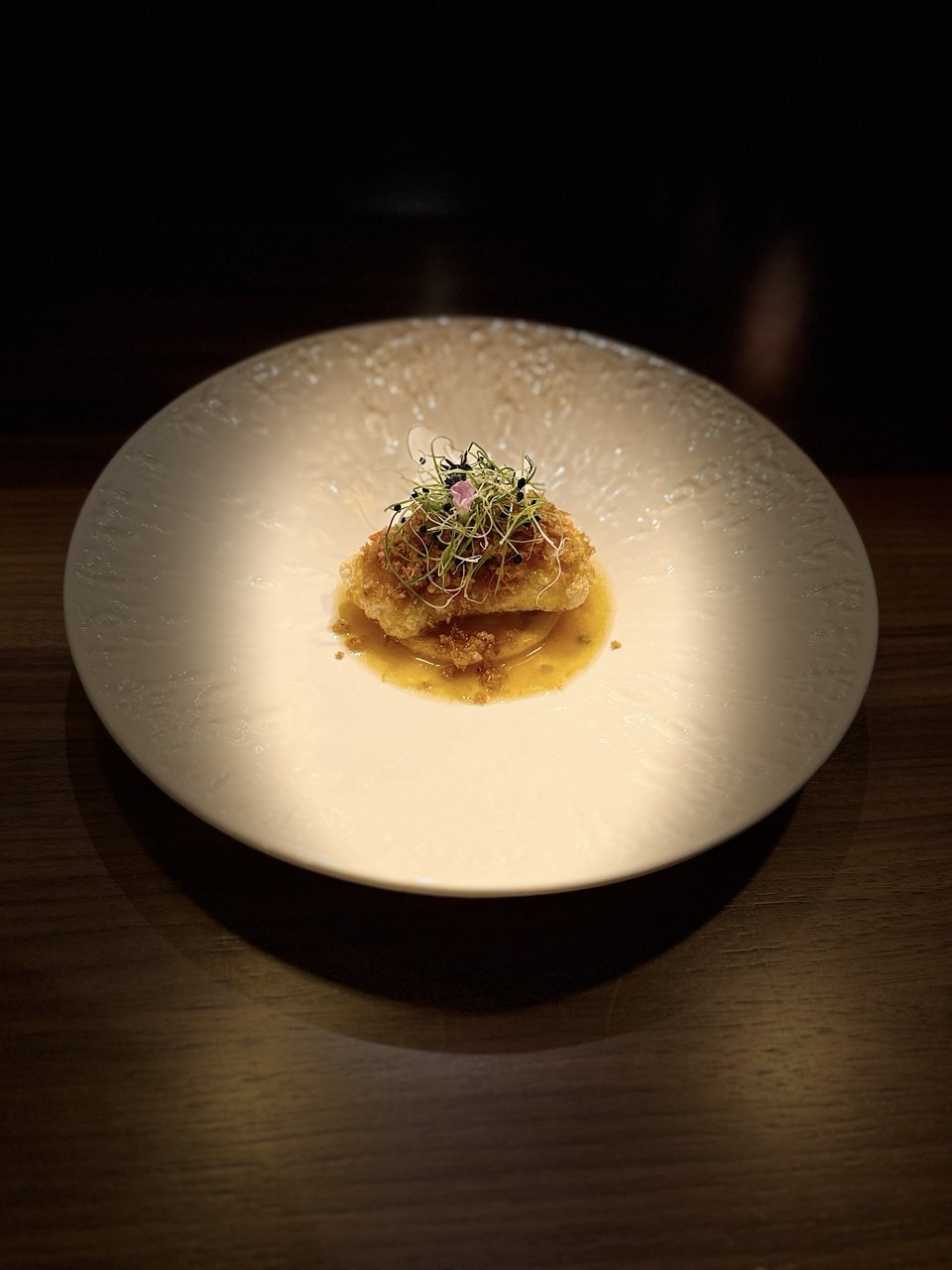Top 5 German Wines You Need to Try
TEXT: NANE STEINHOFF
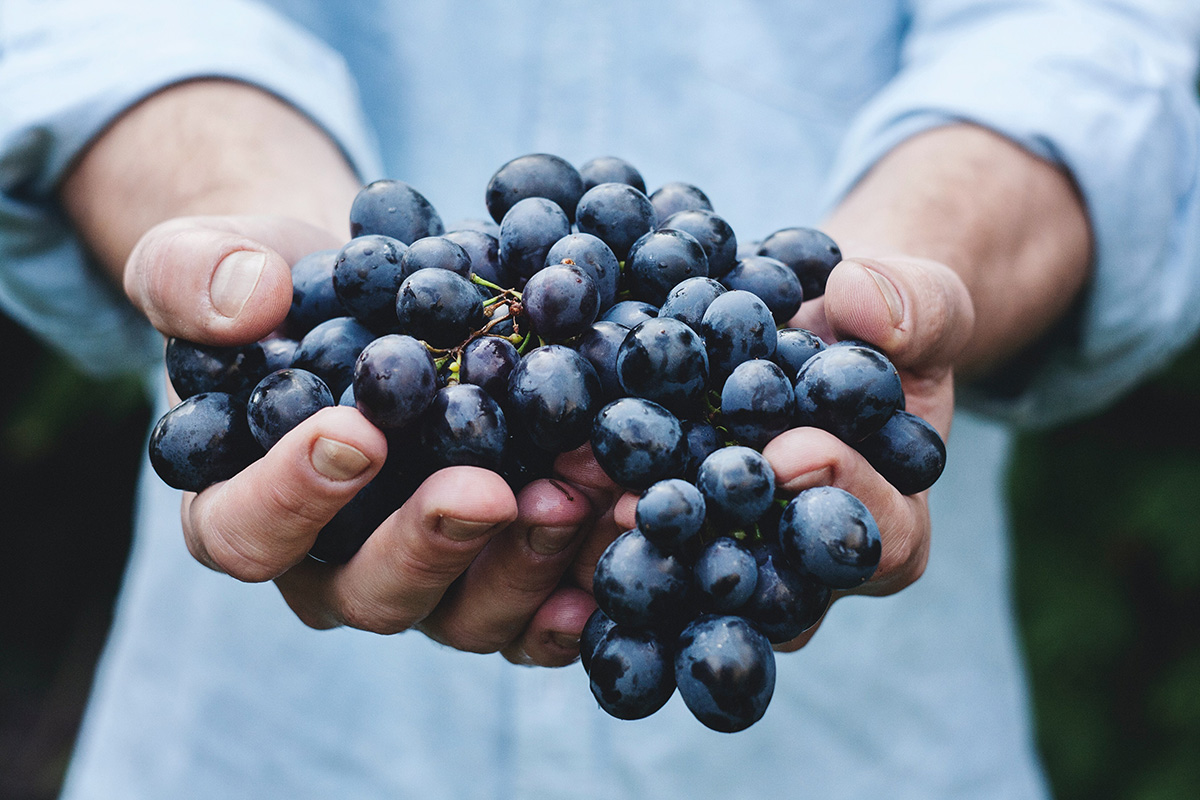
Photo: Unsplash
German wines have a moment – and rightly so. The country’s 13 wine-growing regions are known to produce some exquisite wine varieties that cater to all preferences. Here, we list Germany’s top five wine varieties that need to be tried at least once.
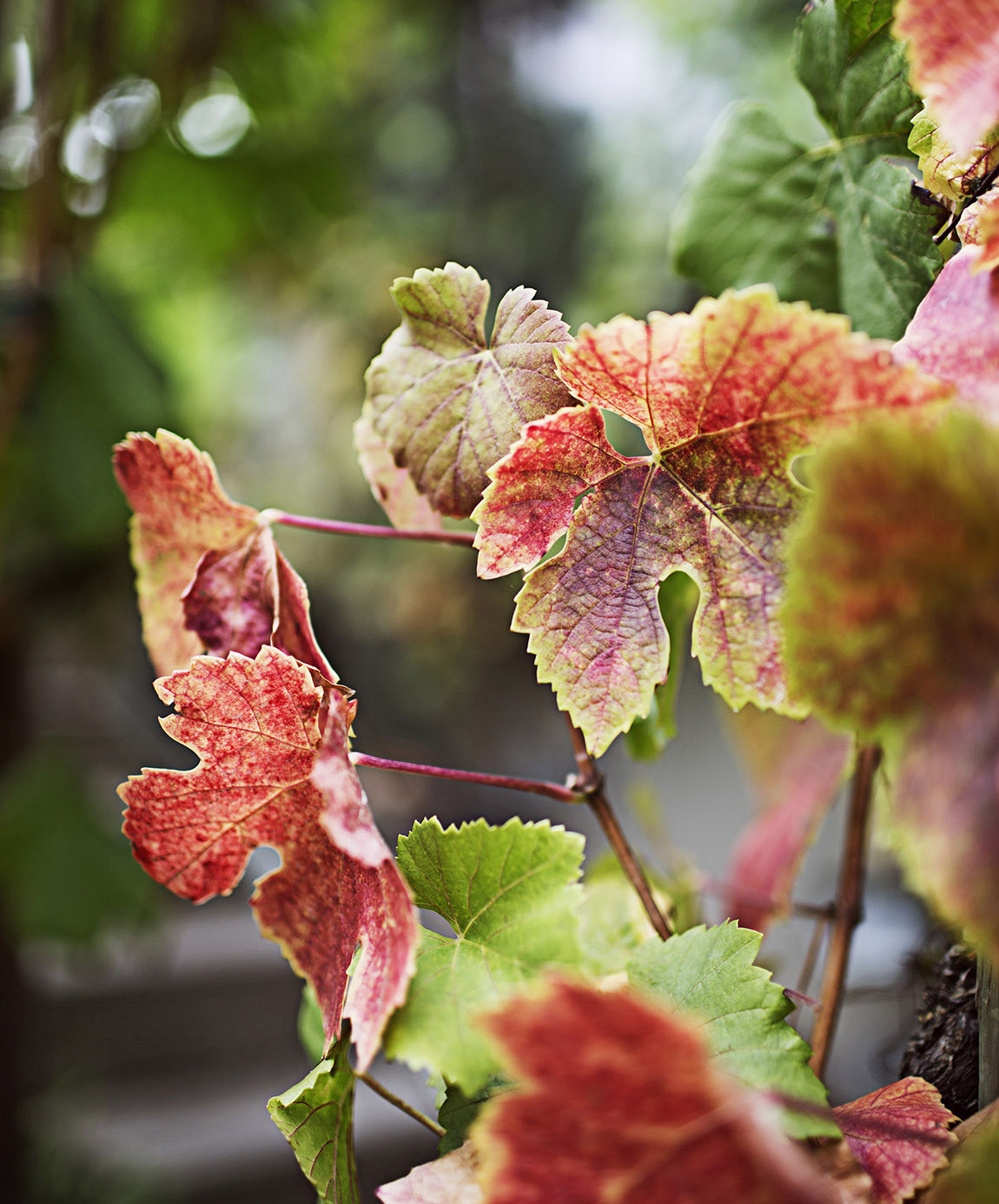
Photo: © Deutsches Weininstitut (DWI)
German wines are popular – on a national and international level. According to the German Wine Institute (DWI), the average price that producers received for a litre of wine abroad rose by 20 cents to 3.35 euros compared to the previous high from the previous year. With the higher average revenue, the total value of German wine exports also increased in 2023 compared to the previous year. “We see it as a success that the companies managed to at least partially compensate for the increased production costs in most export markets last year through corresponding price adjustments. German exporters compete on the highly competitive international markets with producer countries in which wines can be produced much more cheaply, not least due to significantly lower minimum wages,” explained DWI Managing Director Monika Reule.

Photo: Pixabay
On a national level, white wines continued to dominate the German wine market throughout 2023 with a volume market share of 47 percent, noted the DWI further. Red wines remained at 40 percent and rosé wines held their own with a share of 13 percent of wine purchases.

Photo: Pixabay
One of the major trends in the German wine industry right now is sustainability. In recent years, the new, robust PIWI grape varieties have been increasingly grown in both organic and conventional viticulture, according to the DWI. PIWI stands for ‘PilzWiderstandsfähig’, a German term for wines that are hybrids, disease-resistant or disease-tolerant. Thanks to their natural resistance, these varieties hardly need any plant protection and the wines have long since reached the quality level of the traditional varieties. By expanding PIWI cultivation to around three percent of Germany’s total vineyard area, wine-growing companies in this country are following consumers’ wishes to buy more sustainable products.
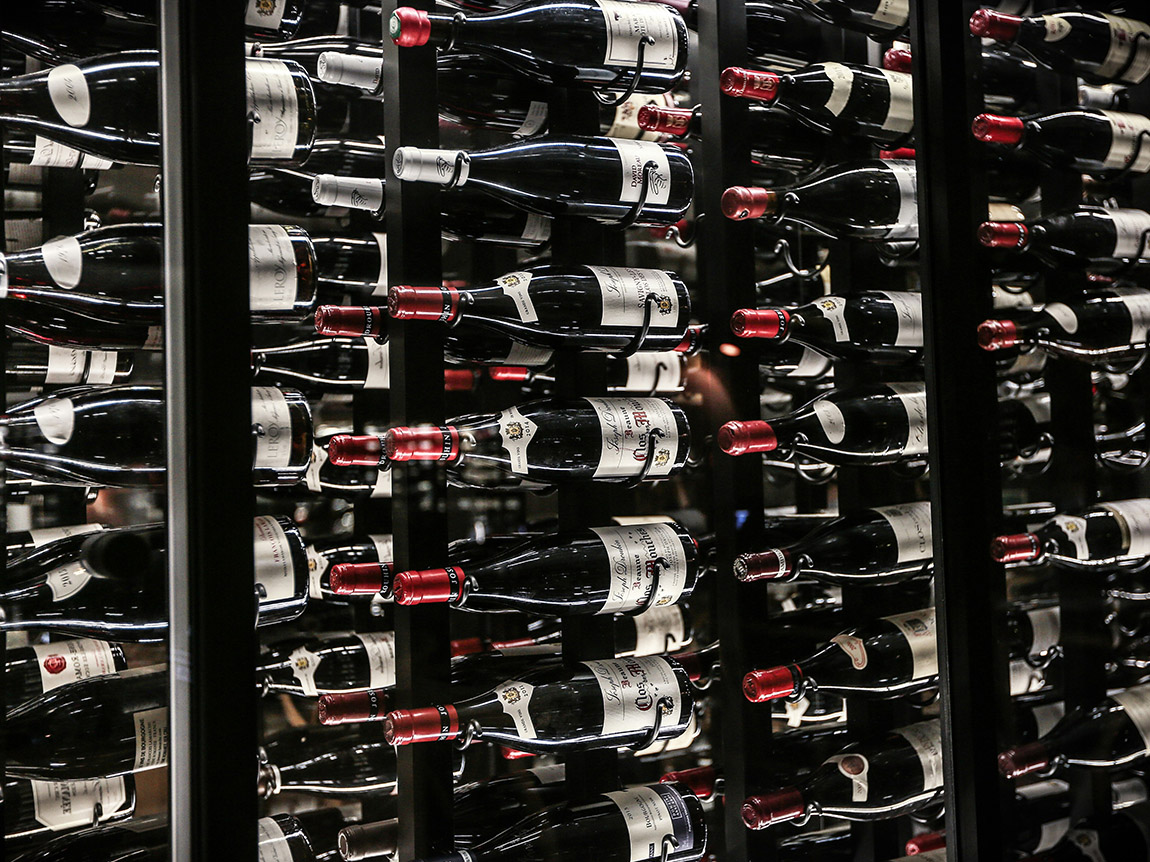
Photo: Unsplash
Furthermore, organic viticulture has recorded continuous growth rates for many years. According to the DWI, this is proven by surveys by the Agrarmarkt Informations-Gesellschaft (AMI), according to which the organically cultivated vineyard area increased to 13,800 hectares in 2022, which corresponds to an increase of 1,300 hectares compared to the previous year. This means that organic wine production accounted for 13.6 percent of the total German vineyard area in 2022. The DWI expects a further increase in area for 2023. The growing organic vineyard area is also offset by a stable demand for organically produced wines. In the overall decline in the wine market last year, organic wines did not suffer any losses. They were able to maintain their market share of three percent of all purchased wine volumes and four percent of sales compared to the previous year.
To really get stuck in German wines, however, let’s move from data and predictions to the real thing. Here are the country’s top five wine varieties that need to be tried at least once in your life.

Photo: Unsplash
Riesling
When you think of German wines, chances are you’re thinking of Riesling. Probably the most famous German wine variety, Riesling constitutes more than one-fifth of all wine varieties grown within the country. While the exact origin of this variety is unknown, the grape type has been grown in Germany for a long time. Cellar logs from 13 March 1435 first recorded a reference to Riesling in Germany. The date has since become known as the wine variety’s unofficial birthday in wine enthusiast’s diaries.

Photo: © Deutsches Weininstitut (DWI)
Today, Riesling is still grown in every wine region of Germany thanks to the variety’s preference for cooler climates and Germany’s mix of sun, topography and soils. Almost a quarter of the planted vineyard area in Germany produces Riesling grapes. Riesling determines the global image of the 13 German growing regions like no other grape variety. Germany is considered the home of Riesling, as around 23,800 hectares are home to around 45 percent of all Rieslings in the world. Ready to try it yet? Riesling is highly aromatic and its fruity and flowery notes pair well with fish and pork dishes, as well as spicy Asian dishes.

Photo: © Deutsches Weininstitut (DWI)
Müller-Thurgau
A cross between white Riesling and Madeleine Royale Grapes, the Müller-Thurgau is a relatively new breed of German wines. It’s characterised by a sweet, fruity taste with peach aromas, and low acidity. The variety was created by botanist Hermann Müller who was from the Swiss Canton of Thurgau in 1882 at the Geisenheim Grape Breeding Institute in Germany where the variety got its distinctive name from.
Although the variety has decreased significantly since the 1980s, in 2006, Müller-Thurgau was still Germany’s most planted variety with 13.7% of the country’s total vineyard surface. The wine is best paired with light vegetable dishes and salads, as well as spicy Asian food, sushi, seafood, fish dishes, or pasta with lighter sauces.
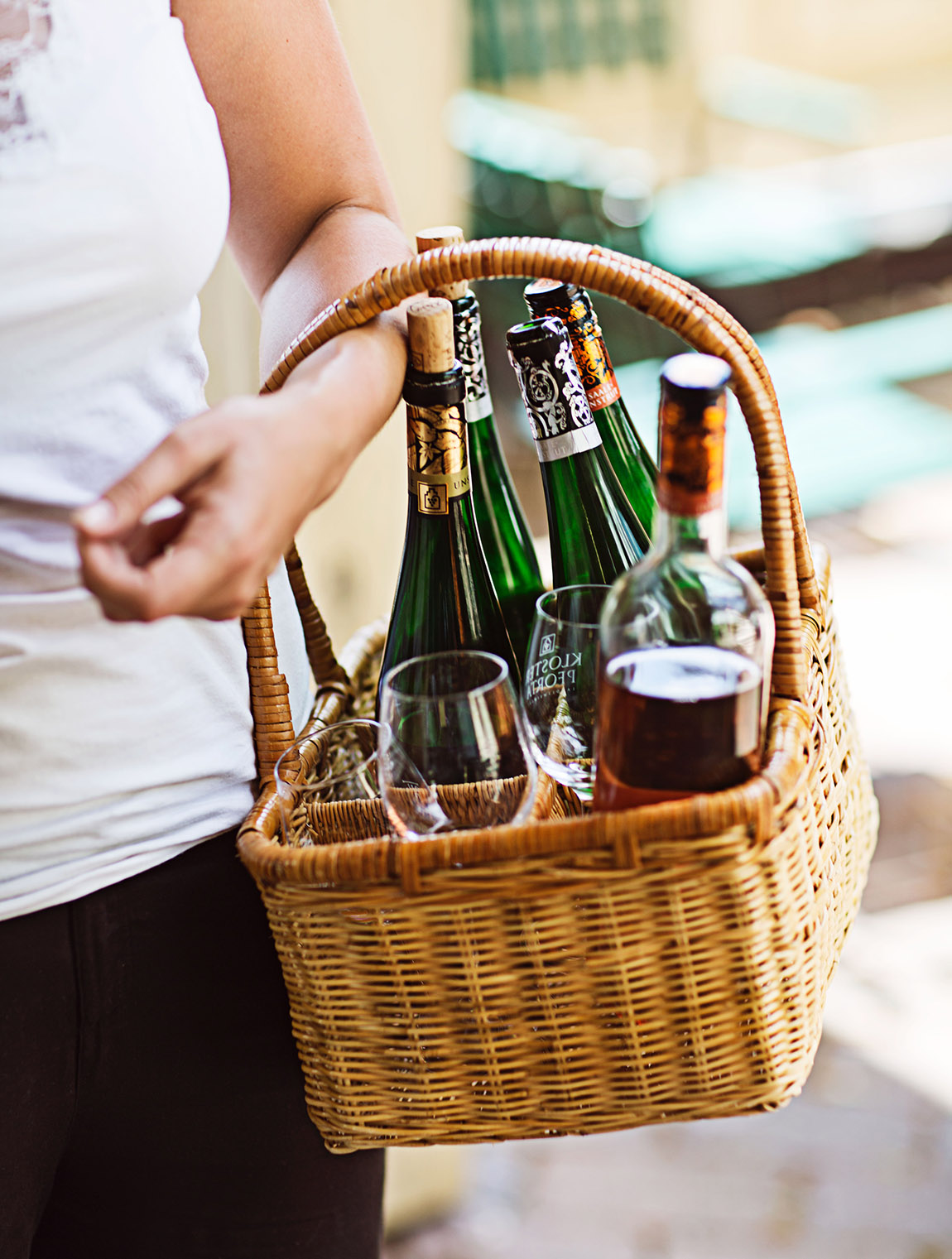
Photo: © Deutsches Weininstitut (DWI)
Silvaner
An integral part of Germany’s wine-growing culture, the Silvaner makes up around 7% of Germany’s wine production. This white wine variety is known for its full-bodied taste and a mild acidicity level which goes well with pork and game dishes.
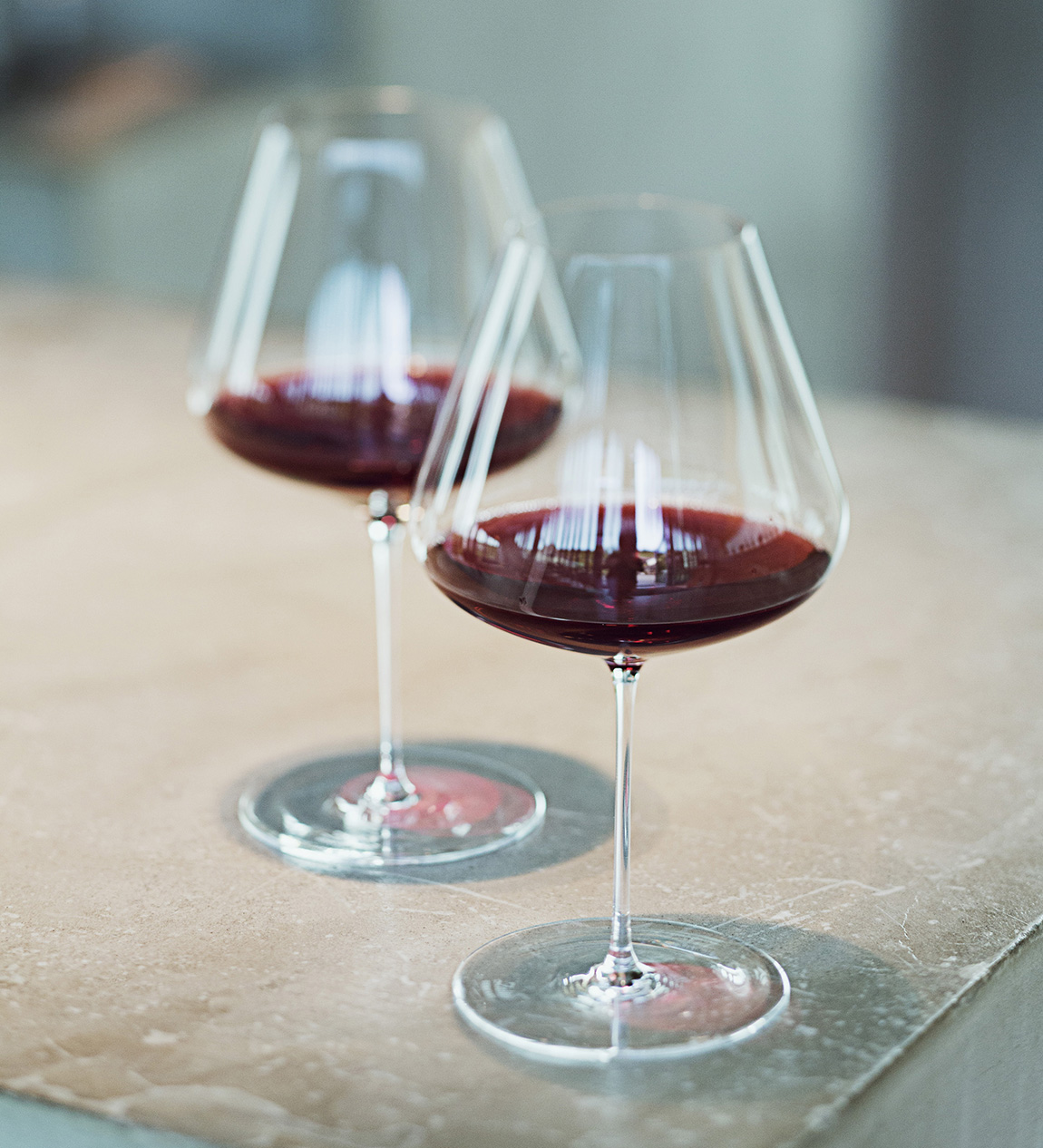
Photo: © Deutsches Weininstitut (DWI)
Eiswein
Have you heard of the wine that is produced from grapes that have naturally frozen in the vineyards? The so-called ‘Eiswein’ makes good use of icy cold weather and delights with a light, honey-fresh, distinctly fruity or flowery taste. Usually a wine with a low alcohol volume, it is the perfect dessert wine.

Photo: Pixabay
Grauburgunder (Pinot Gris)
While the German Grauburgunder grape variety is the same as Pinot Gris or Pinot Grigio, it is thought to be a mutant clone of the pinot noir variety. It is believed that the grape was brought over to Germany from France by Cistercian monks from Alsace. Since then, it has established itself as a firm crowd-pleaser. After France and Italy, Germany ranks third in the world in terms of vineyard area dedicated to growing the Grauburgunder grape variety. According to the DWI, it is a “delightfully quaffable, dry” variety that goes well with al fresco dining and is best paired with seafood with heavy sauces or colourful salads. Enjoy!
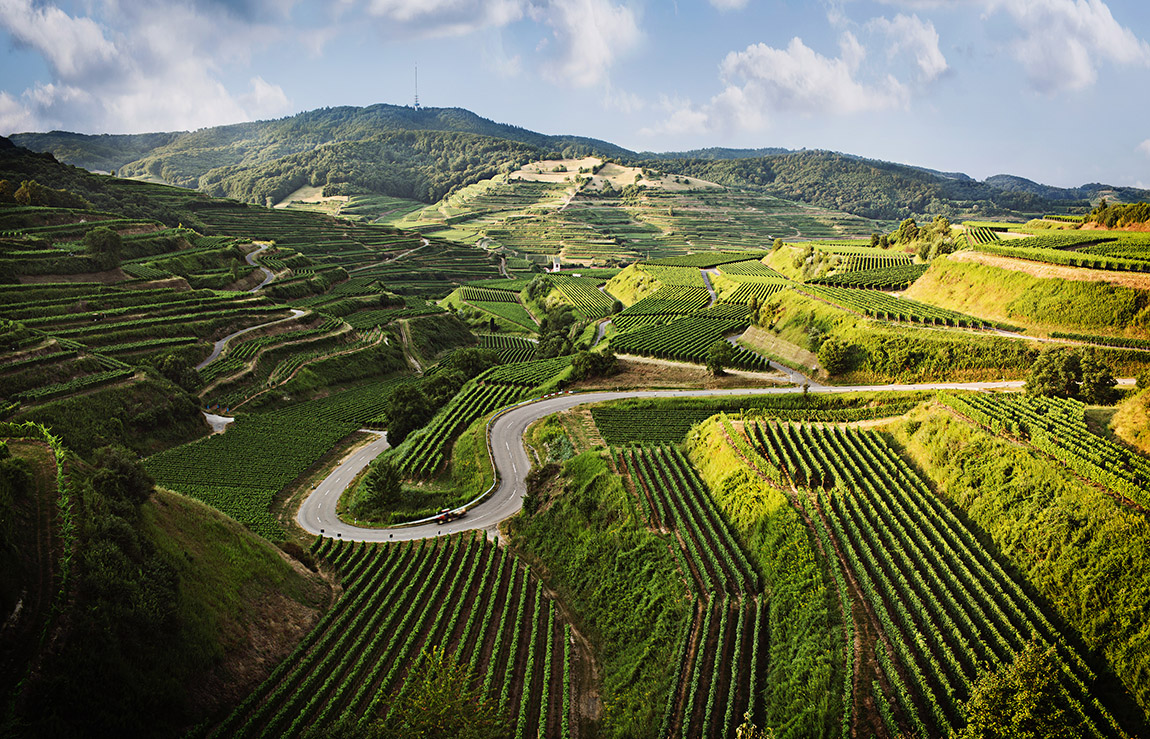
Photo: © Deutsches Weininstitut (DWI)
Subscribe to Our Newsletter
Receive our monthly newsletter by email


